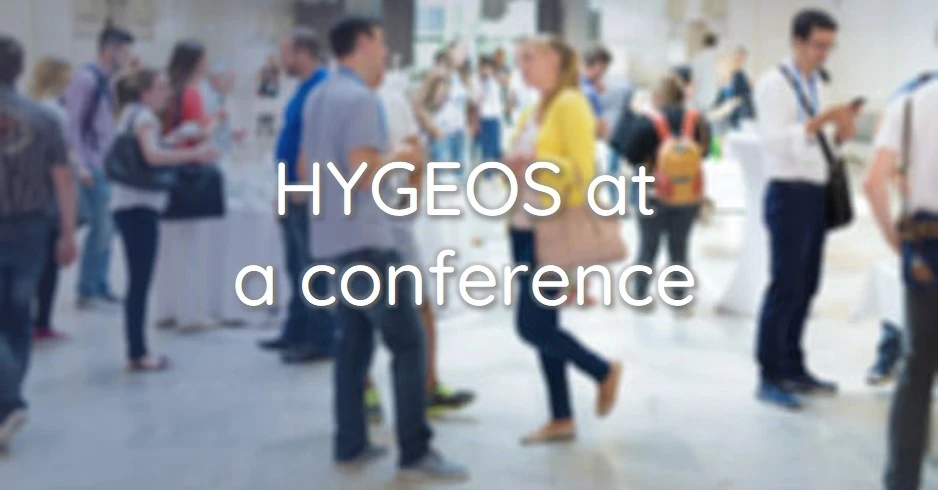
CLMS Meets GMES and Africa
On October 16th, the Directorate-General Joint Research Center of the European Commission organized a webinar to explain the current state of play of the Copernicus Land Monitoring Service (CLMS). The goal was to present the last evolutions of the service, including the new products, which could be of interest for the GMES and Africa community.
Due to her role in the consortium in charge of the production of the global CLMS “Vegetation and Energy” products, the HYGEOS expert Roselyne Lacaze was invited to present the biophysical variables suite of the CLMS portfolio. She described each biophysical product and its current status in the CLMS, detailed the roadmap for the next year and concluded with some examples of concrete use of the products.
For instance, she showed the figure below where maps of soil moisture, surface temperature and vegetation cover display the impact of the drought encountered over Southern Africa in March 2024 compared to the situation in 2022. This demonstrates that, although they are derived from different satellite input data with different retrieval algorithms and different processing chains, the products of the CLMS biophysical variable suite are fully consistent, bringing complementary information about the land surface state. Then, users can exploit them jointly and confidently.
All the presentations of the webinar are available here.

Maps of soil moisture, land surface temperature and fraction of green vegetation cover as provided by the CLMS global biophysical products over South Africa for the last dekad of March 2024 and March 2022

